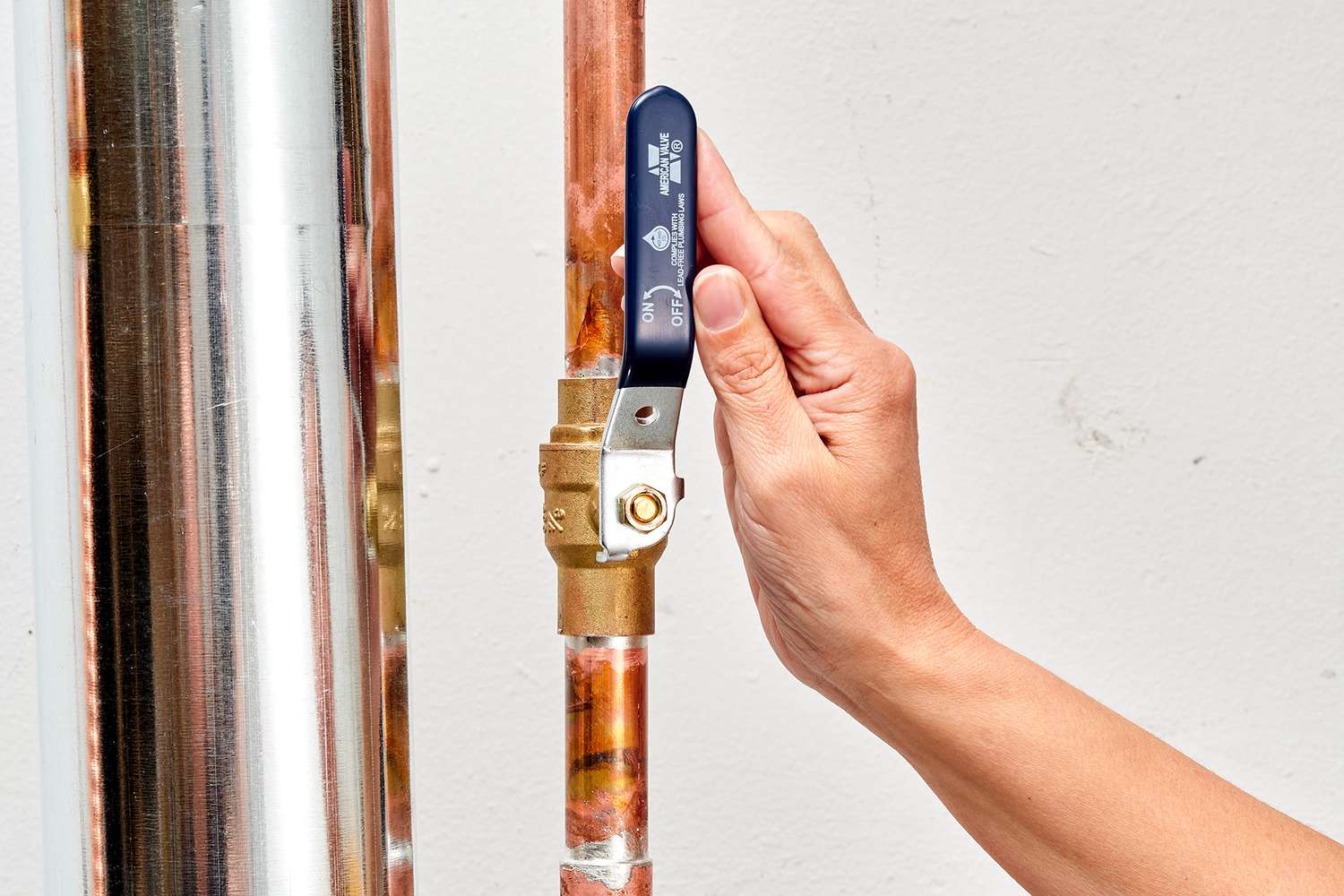

Articles
How To Turn Off Hot Water Heater
Modified: October 20, 2024
Learn how to turn off your hot water heater with this comprehensive guide. Read our informative articles on how to safely shut down your hot water heater and save energy.
(Many of the links in this article redirect to a specific reviewed product. Your purchase of these products through affiliate links helps to generate commission for Storables.com, at no extra cost. Learn more)
Introduction
Welcome to our guide on how to turn off a hot water heater. Whether you’re undertaking a DIY project, performing maintenance, or simply need to shut off your hot water heater for safety reasons, it’s essential to know the correct steps. Turning off your hot water heater correctly not only ensures your safety but also prevents any potential damage or accidents. In this article, we’ll walk you through the process step by step, so you can confidently and safely shut off your hot water heater.
Before we begin, it’s important to note that there are different types of hot water heaters, including gas, electric, and tankless. The steps may vary slightly depending on the type of heater you have. However, the general process remains the same, and we’ll provide guidelines that apply to most common hot water heaters.
Please keep in mind that working with a hot water heater involves dealing with gas and electricity, which can be dangerous if mishandled. If you’re unsure or uncomfortable with any part of the process, it’s always best to consult a professional plumber or electrician for assistance.
Now, without further ado, let’s dive into the steps of turning off a hot water heater and ensure a safe shutdown.
Key Takeaways:
- Safely turning off a hot water heater involves shutting off power, locating the main shut-off valve, turning off the gas supply, draining the tank, and waiting for it to cool down. Prioritize safety and consult a professional if unsure.
- Following the correct steps to turn off a hot water heater ensures safety, prevents accidents, and allows for maintenance and repairs. Remember to consult the manufacturer’s manual for specific instructions and seek professional help if needed.
Read more: How To Turn Off Gas Water Heater
Step 1: Shutting off the Power
The first and most important step in turning off a hot water heater is to shut off the power supply. This is necessary to prevent any electrical accidents or malfunctions while you work on the heater.
If you have an electric hot water heater, locate the circuit breaker panel in your home. Look for the switch labeled “water heater” or something similar. Flip this switch to the “off” position to cut off the power supply to your hot water heater.
For gas hot water heaters, you’ll need to locate the gas control valve. It is usually situated on the outside of the unit near the bottom. Turn the valve to the “off” position, which will shut off the gas supply to the heater. If you have a newer model, it may have an electronic ignition system, in which case there will be no gas control valve, and you can skip this step.
Remember, safety is paramount when dealing with electricity and gas. If you’re unsure about shutting off the power supply, it’s best to consult a professional.
Once you have shut off the power supply to your hot water heater, you can proceed to the next step: locating the main shut-off valve.
Step 2: Locating the Main Shut-Off Valve
After shutting off the power supply to your hot water heater, the next step is to locate the main shut-off valve for the water supply. This valve is typically located near the water meter, where the main water line enters your home.
In most cases, the shut-off valve is a round wheel handle or lever that you can turn clockwise to close. It may be located inside a water meter box in your yard or near the foundation of your house. If you’re unsure about where to find the shut-off valve, consult your home’s blueprint or contact your local water utility company for assistance.
Once you locate the shut-off valve, turn it clockwise to close it fully. This will shut off the water supply to your entire home, including the hot water heater. By doing this, you prevent any new water from entering the heater while you work on it.
If you have a separate shut-off valve specifically for your hot water heater, you can close that as well. This will isolate the heater from the rest of the plumbing system, allowing you to work on it without affecting the water supply to the rest of your home. However, not all homes have a dedicated shut-off valve for the hot water heater, so the main shut-off valve should suffice in most cases.
Once you have closed the main shut-off valve, it’s time to move on to the next step: turning off the gas supply (if applicable).
Step 3: Turning off the Gas Supply
If you have a gas hot water heater, it’s crucial to turn off the gas supply before proceeding with any maintenance or repairs. This step ensures your safety and prevents any potential gas leaks or accidents.
Locate the gas control valve, which is typically located on the outside of the hot water heater near the bottom. It will have a lever or a dial to control the flow of gas. If you have an older model with a manual control valve, turn the valve to the “off” position. This will shut off the gas supply to the hot water heater.
However, if you have a newer model with an electronic ignition system, there may not be a manual gas control valve. In this case, simply shutting off the power supply to the hot water heater (as mentioned in Step 1) will be sufficient, as the gas supply will be automatically cut off.
As a safety precaution, it’s always a good idea to test for gas leaks once you have turned off the gas supply. Apply a mixture of soapy water to the gas connections and observe if any bubbles form. If you notice bubbles, it indicates a gas leak. In such cases, it’s essential to contact a professional plumber or gas technician to address the issue before proceeding.
Now that the gas supply is turned off, we can move on to the next step: shutting off the water supply to the hot water heater.
Step 4: Turning off the Water Supply
With the gas supply turned off, the next step is to turn off the water supply to the hot water heater. This will prevent any new water from entering the tank while you work on it.
Locate the cold water inlet pipe that connects to the top of the hot water heater. This pipe supplies water to the tank. You’ll find a valve along this pipe that you can turn to shut off the water supply. The valve is typically a lever or a wheel handle. Turn the valve clockwise to close it and stop the flow of water.
If you’re unsure about which valve controls the water supply to the hot water heater, you can shut off the main shut-off valve as mentioned in Step 2. This will cut off the water supply to your entire home, including the hot water heater. However, keep in mind that doing so will impact the water supply to other fixtures and appliances in your home.
Once you have successfully shut off the water supply to the hot water heater, it’s time to move on to the next step: draining the water heater.
Before turning off your hot water heater, make sure to switch off the power supply or gas valve. Then, locate the shut-off valve for the cold water supply and turn it off to stop the flow of water into the tank.
Read more: How To Turn On Electric Hot Water Heater
Step 5: Draining the Water Heater
Draining the water heater is an essential step before performing any maintenance or repairs. This step removes any remaining water from the tank, allowing you to work on the heater safely and effectively.
To begin the draining process, locate the drain valve at the bottom of the hot water heater. It is usually a spigot or a small faucet-like valve. Attach a garden hose to the drain valve and place the other end of the hose near a floor drain or outside where the water can safely drain.
Next, carefully open the drain valve by turning it counterclockwise. This will release the water from the tank. Be cautious as the water coming out may be hot, so take necessary precautions to avoid burns.
Allow the water to fully drain from the tank. Depending on the size of your hot water heater, this process may take a while. Once the tank is fully drained, close the drain valve by turning it clockwise to stop the flow of water.
It’s important to note that the water drained from the hot water heater may be hot, so handle it with caution and dispose of it safely.
Now that the water heater is drained, we can move on to the next step: turning off the intake and outflow valves.
Step 6: Turning Off the Intake and Outflow Valves
After draining the water heater, it’s time to turn off the intake and outflow valves. This step ensures that no water will enter or exit the tank while you work on it.
The intake valve is responsible for allowing cold water into the tank, while the outflow valve controls the release of hot water into the plumbing system.
Locate the intake valve, which is typically located at the top of the hot water heater. Turn the valve clockwise to close it and prevent any further water from entering the tank.
Next, locate the outflow valve, which is usually located on the top or side of the heater. Turn the valve clockwise to close it, preventing any hot water from flowing out of the tank.
By shutting off both the intake and outflow valves, you ensure that the hot water heater remains isolated from the rest of the plumbing system during maintenance or repairs.
With the intake and outflow valves closed, we can now move on to the final step: waiting for the tank to cool down.
Step 7: Waiting for the Tank to Cool Down
Once you have completed the previous steps and shut off all the necessary valves, it is important to allow the hot water heater tank to cool down before proceeding with any maintenance or repairs. This step is crucial as the tank can retain heat for a significant period of time after the power supply has been turned off.
The amount of time needed for the tank to cool down will vary depending on factors such as the size of the tank, the temperature setting, and the insulation. Generally, it is recommended to wait at least one to two hours for the tank to cool down completely.
During this waiting period, it is important to avoid touching any components of the hot water heater as they may still be hot and can potentially cause burns or injuries.
Additionally, while waiting for the tank to cool down, you can take this opportunity to gather any tools or materials you may need for the maintenance or repair tasks ahead. This will ensure that you are well-prepared when it’s time to work on the hot water heater.
Once you have confirmed that the tank has cooled down sufficiently, you can proceed with any necessary maintenance or repairs, following the appropriate guidelines or instructions.
Remember, if you are unsure or uncomfortable with any part of the process, it is always best to consult a professional plumber or electrician for assistance.
By completing the steps outlined in this guide, you can confidently and safely turn off your hot water heater whenever needed. Whether you’re performing maintenance, making repairs, or simply need to shut it off temporarily, following these steps will ensure a smooth and secure process.
Thank you for using our guide, and we hope this information has been helpful in your hot water heater journey!
Conclusion
Turning off a hot water heater is a task that may be necessary for various reasons, such as maintenance, repairs, or safety concerns. By following the steps outlined in this guide, you can safely and effectively turn off your hot water heater.
Remember to start by shutting off the power supply, whether it’s through the circuit breaker for an electric heater or the gas control valve for a gas heater. Next, locate and close the main shut-off valve to stop the water supply to the heater. If applicable, turn off the gas supply as well.
Afterwards, drain the water heater to remove any remaining water from the tank. Close the drain valve once the tank is fully drained. Then, turn off the intake and outflow valves to isolate the tank from the plumbing system.
Lastly, be patient and allow the tank to cool down before attempting any maintenance or repairs. Waiting for the tank to cool ensures your safety and prevents any incidents or accidents.
It’s important to note that while this guide provides general instructions, specific hot water heaters may have variations in components and procedures. Always consult the manufacturer’s manual for your particular model for accurate and detailed instructions.
If you are unsure about any of the steps or uncomfortable with the process, it is highly recommended to seek the help of a professional plumber or electrician. Safety should always be a top priority when dealing with hot water heaters and their associated systems.
We hope this guide has provided you with the necessary knowledge and confidence to turn off your hot water heater when needed. Remember to stay informed, follow proper procedures, and prioritize your safety throughout the process.
Thank you for reading, and we wish you success in your hot water heater-related tasks!
Frequently Asked Questions about How To Turn Off Hot Water Heater
Was this page helpful?
At Storables.com, we guarantee accurate and reliable information. Our content, validated by Expert Board Contributors, is crafted following stringent Editorial Policies. We're committed to providing you with well-researched, expert-backed insights for all your informational needs.
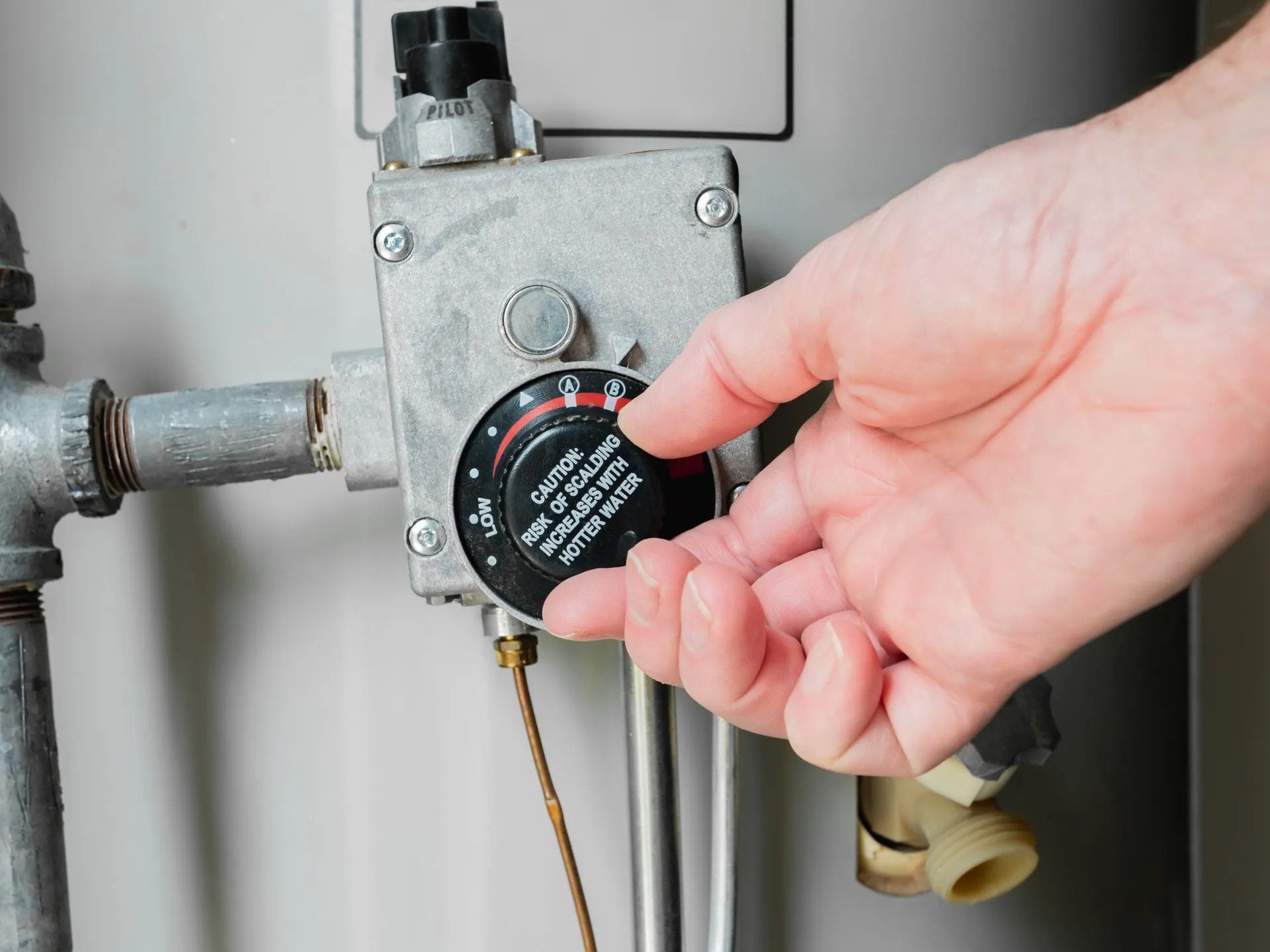
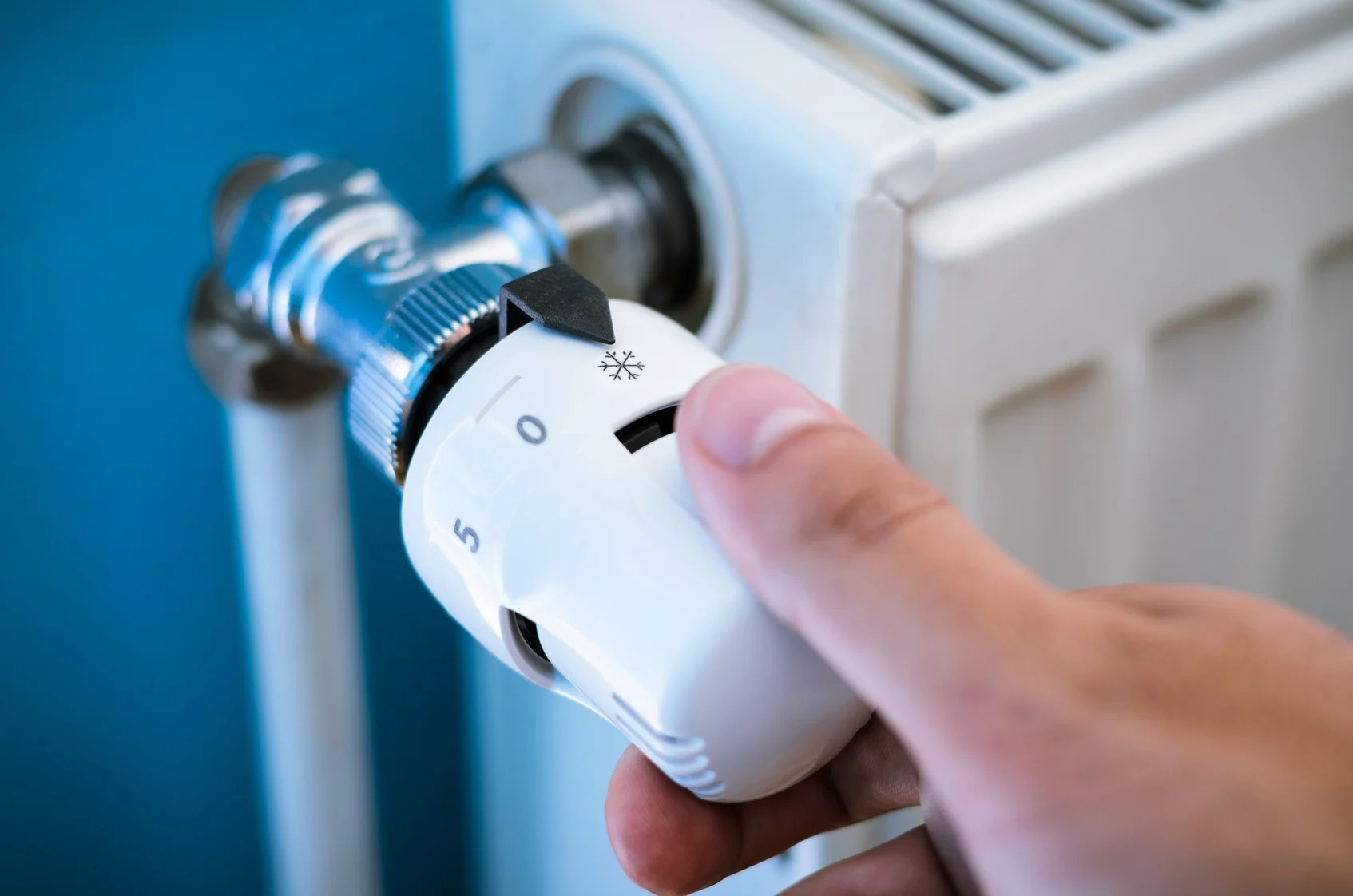
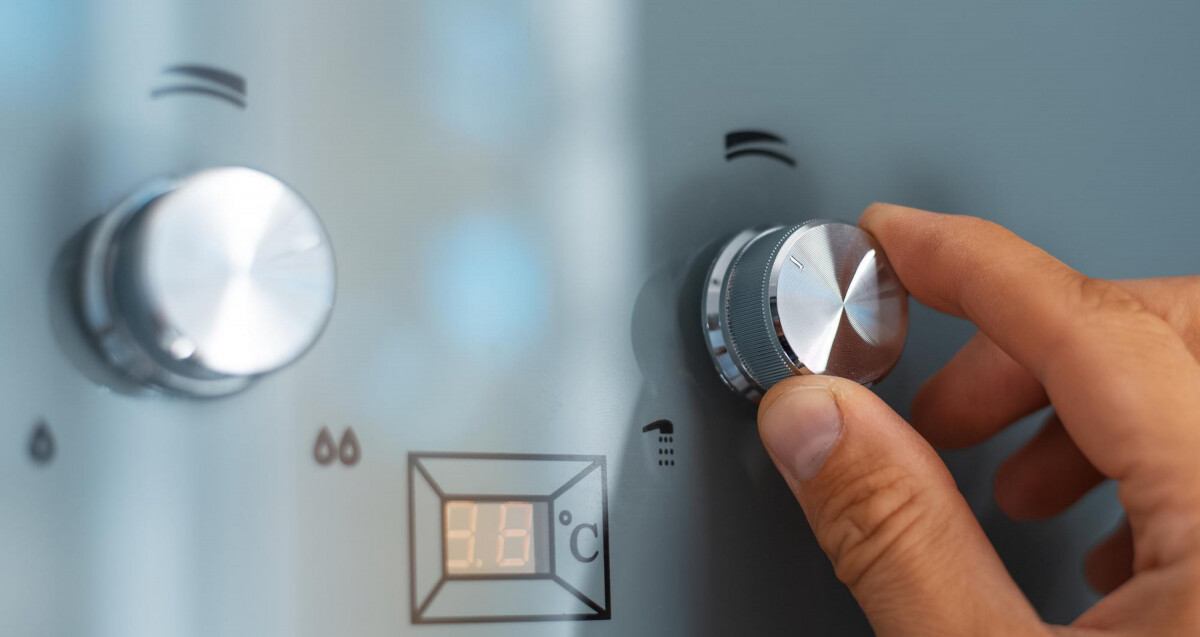
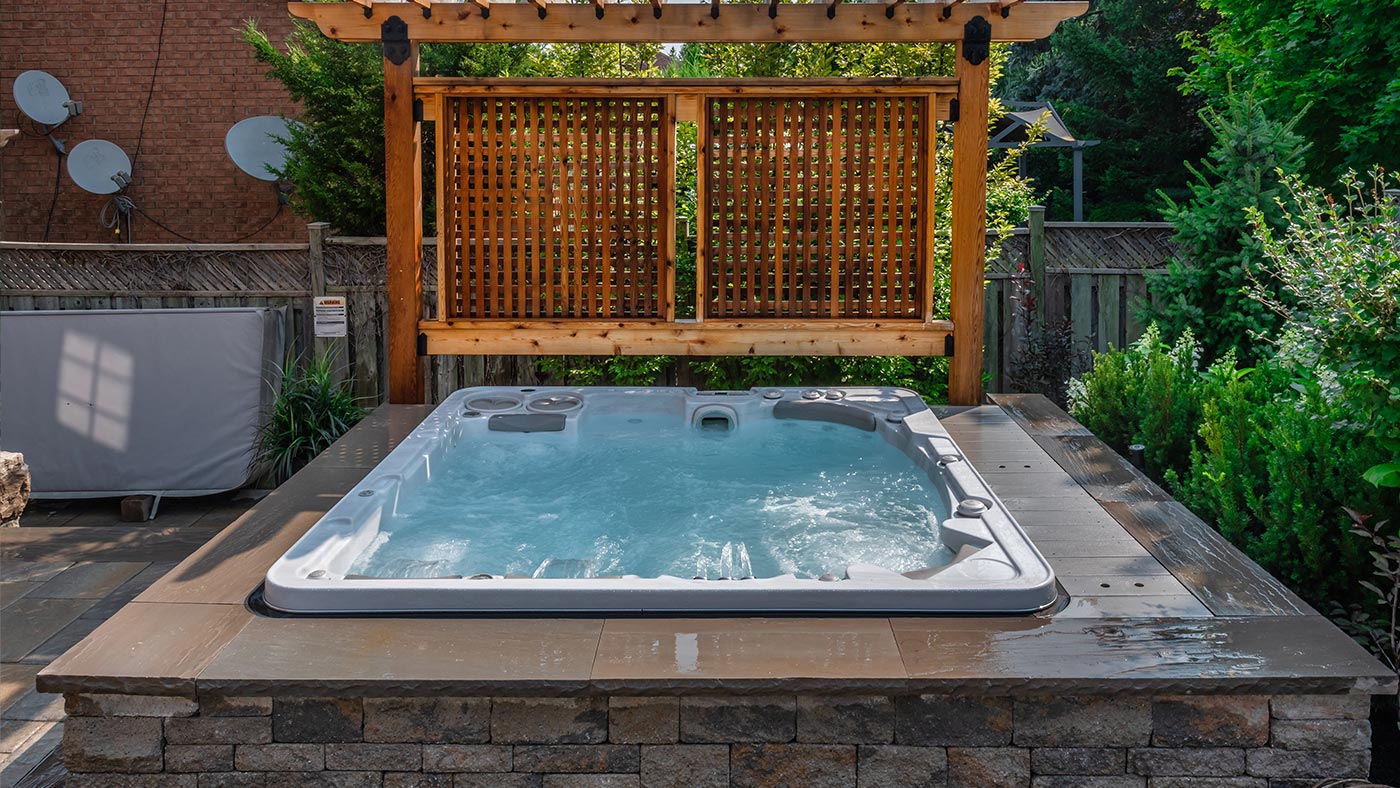
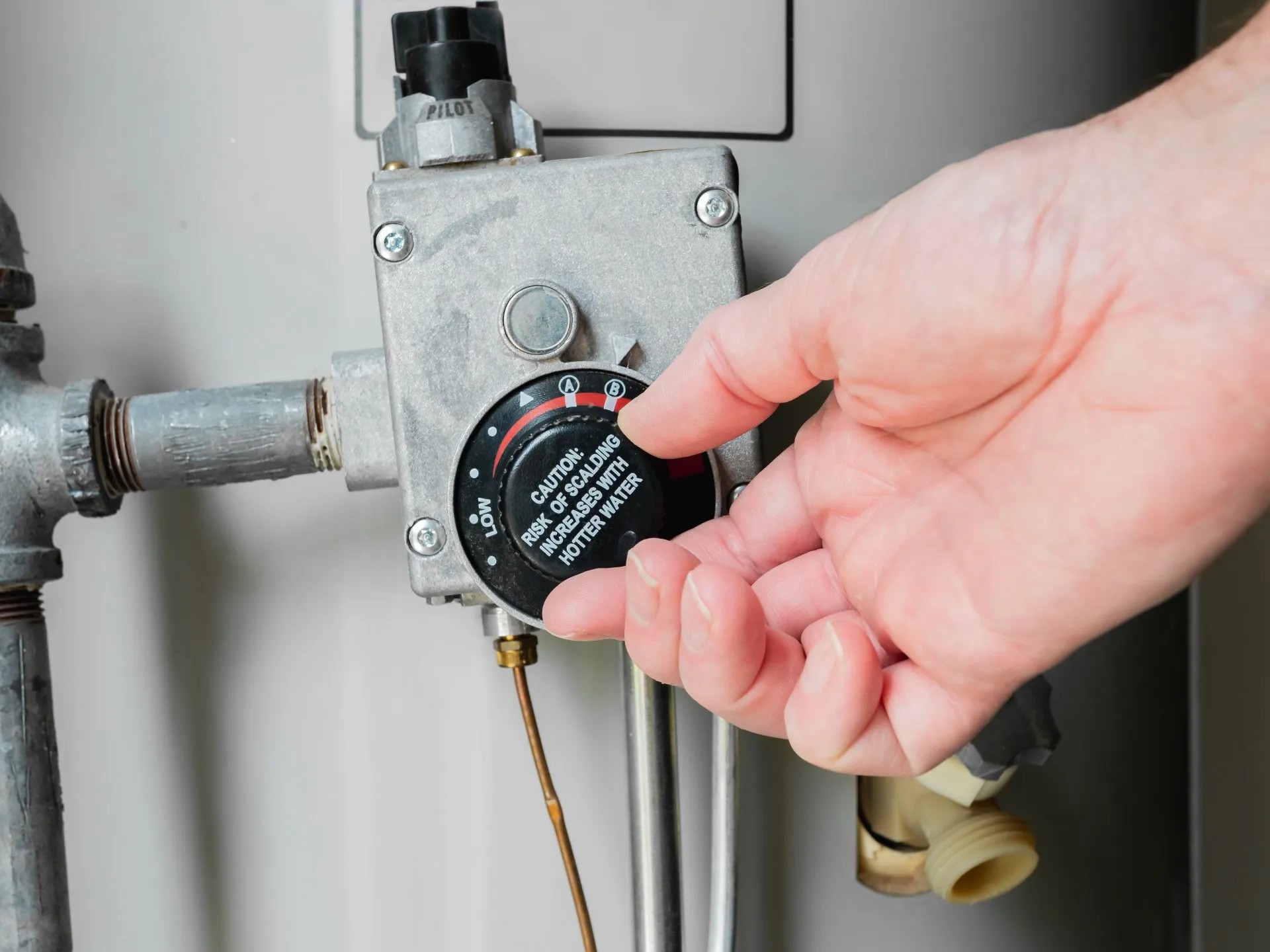

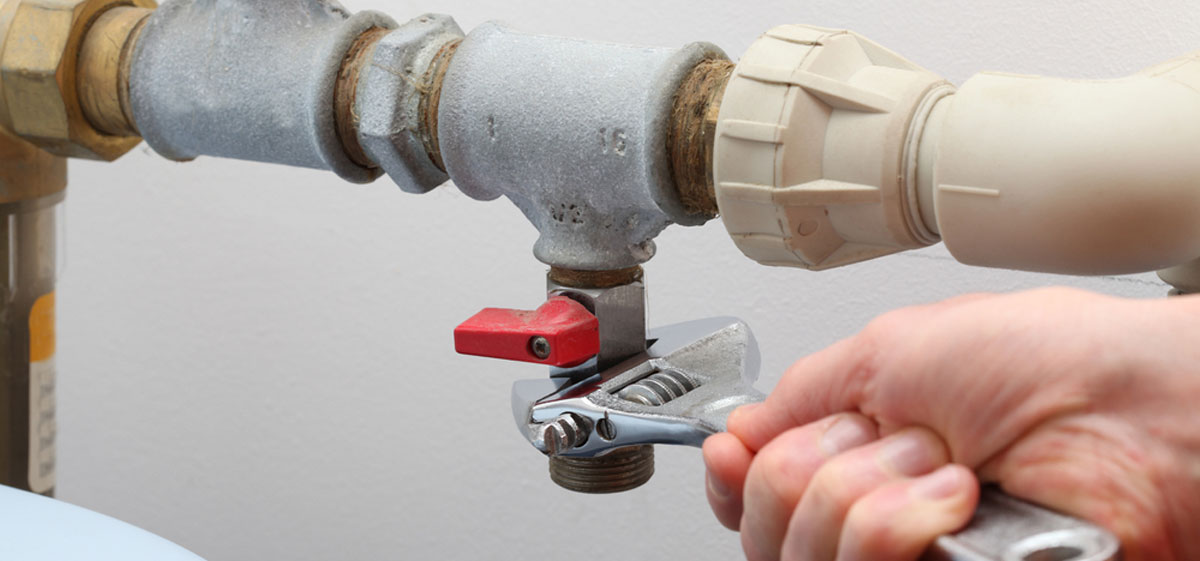
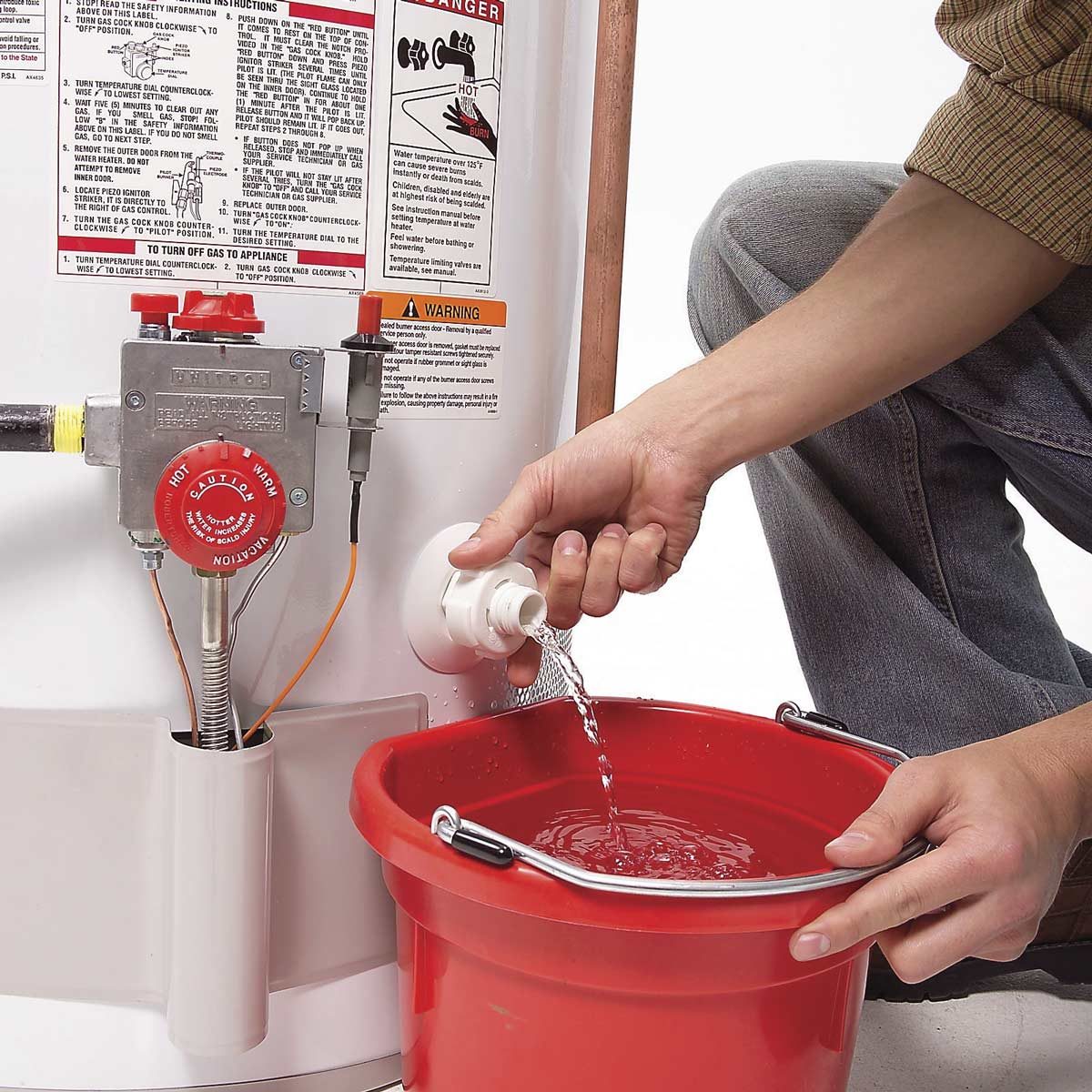
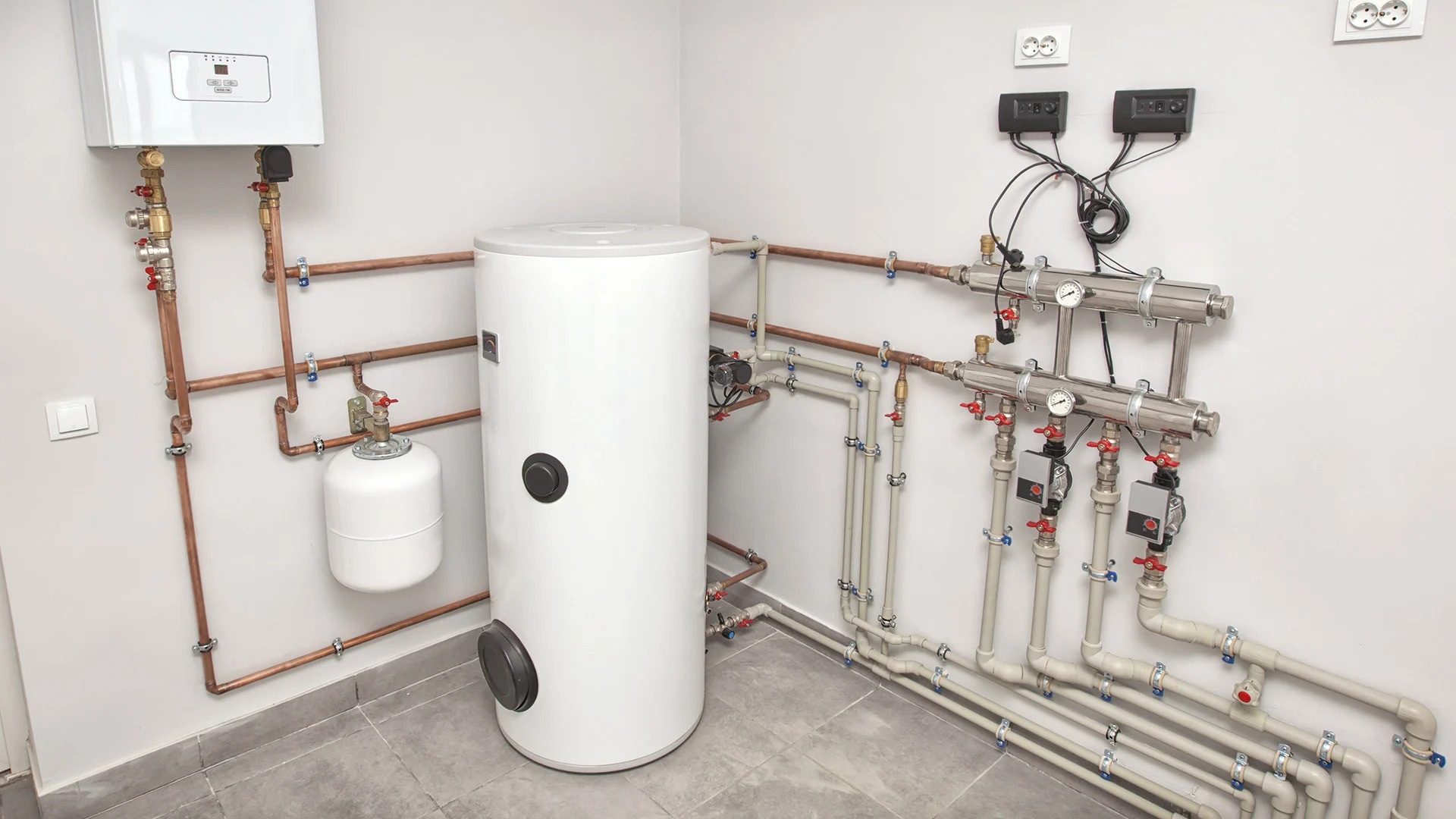
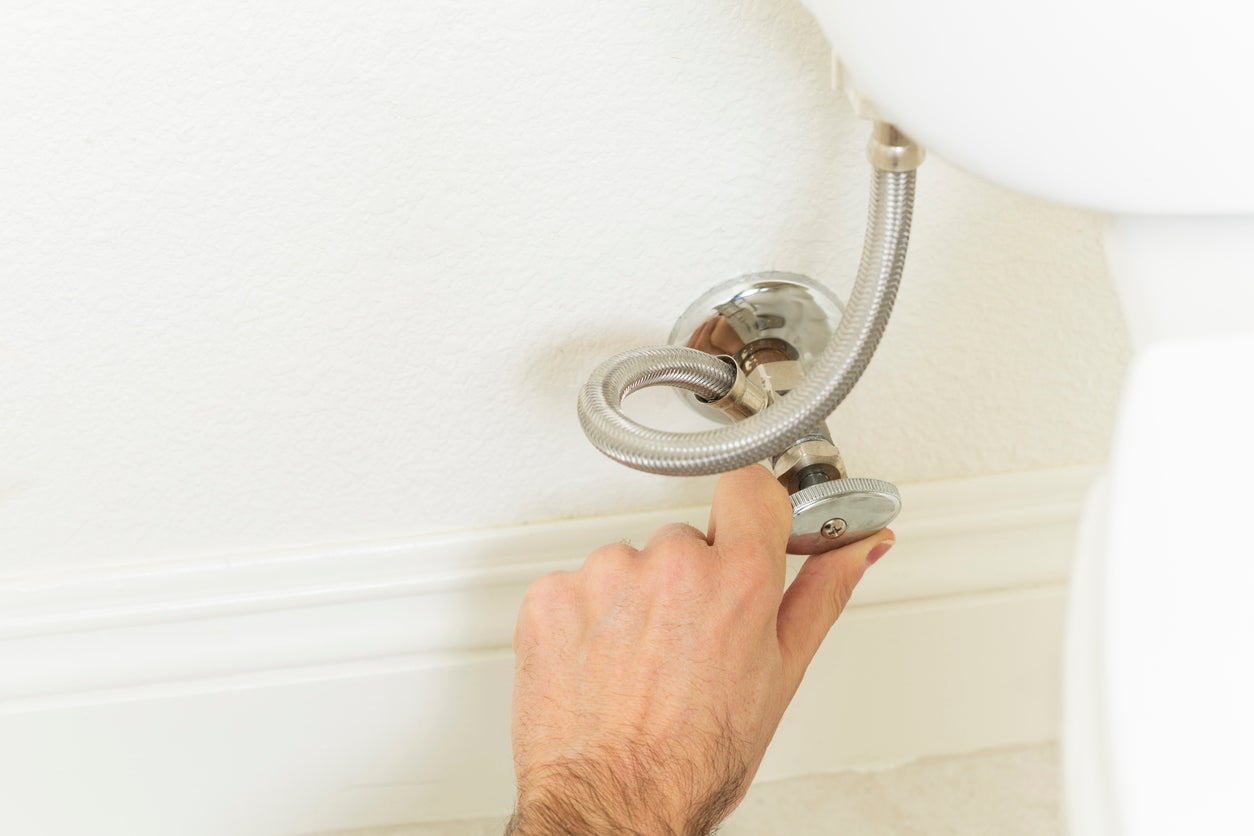
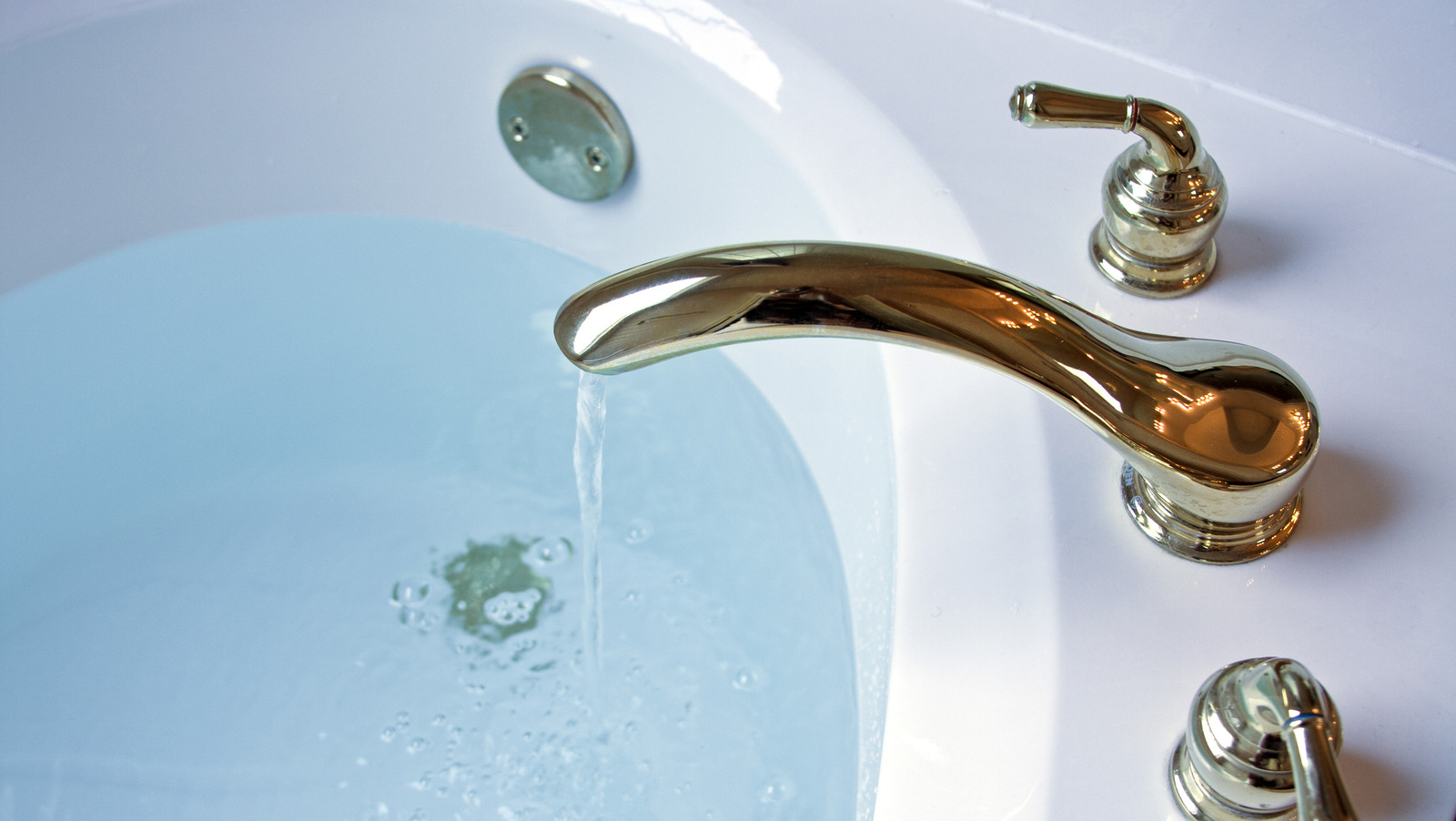
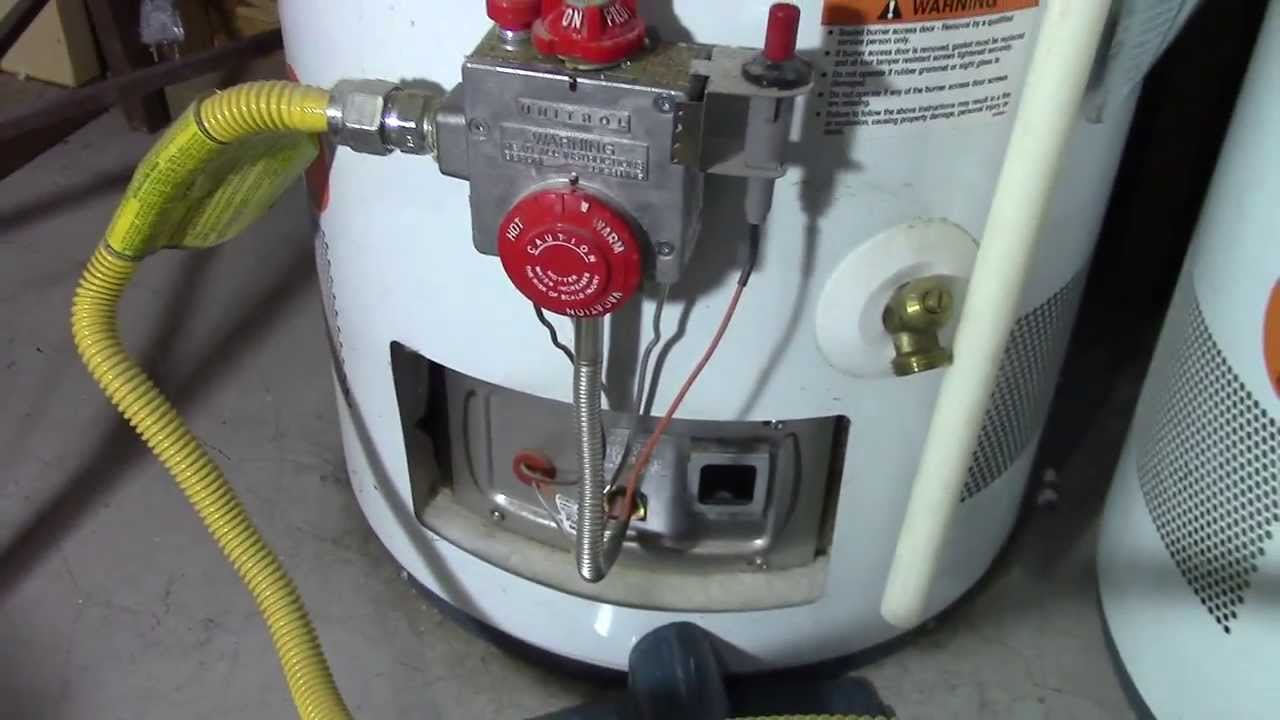
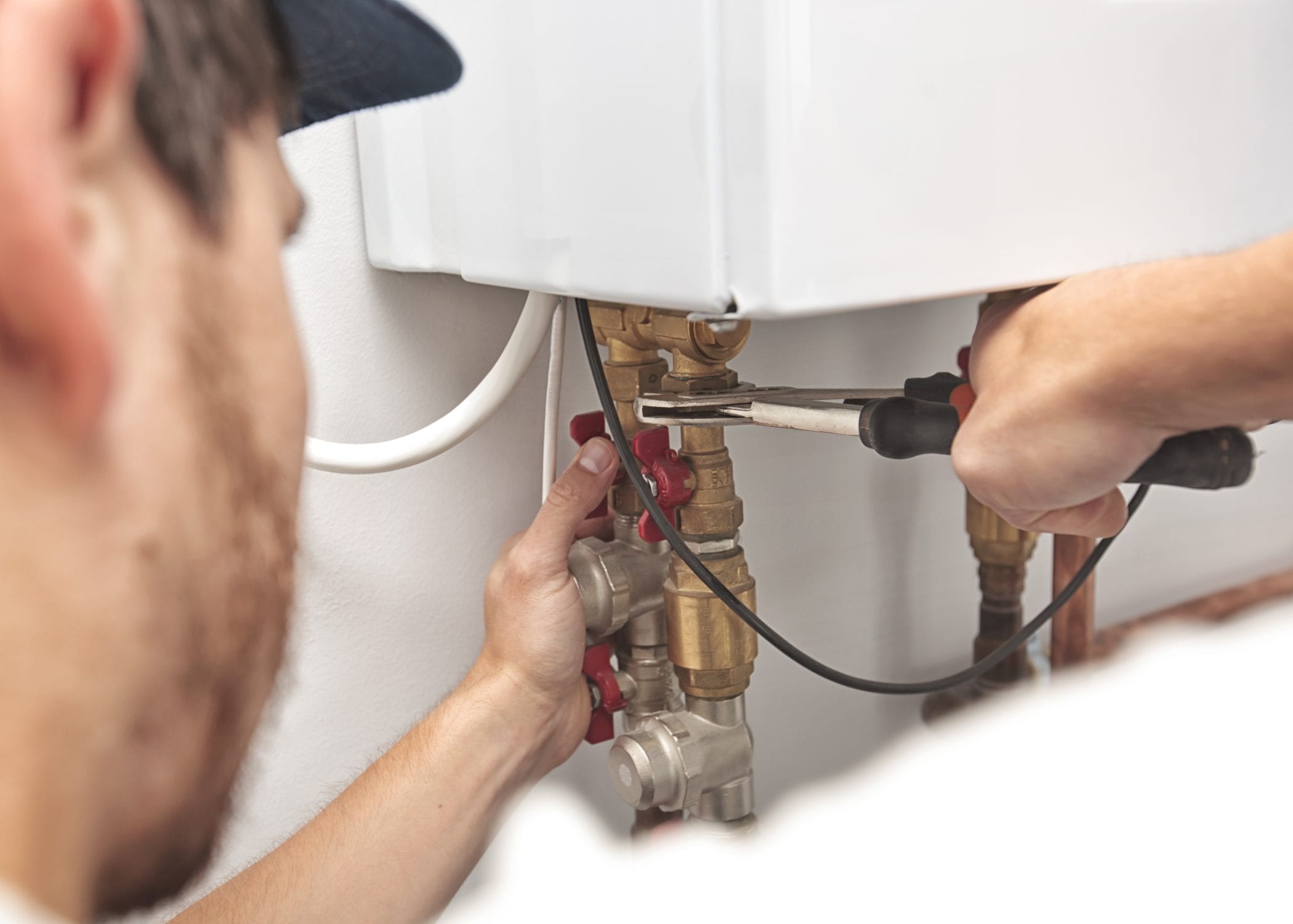
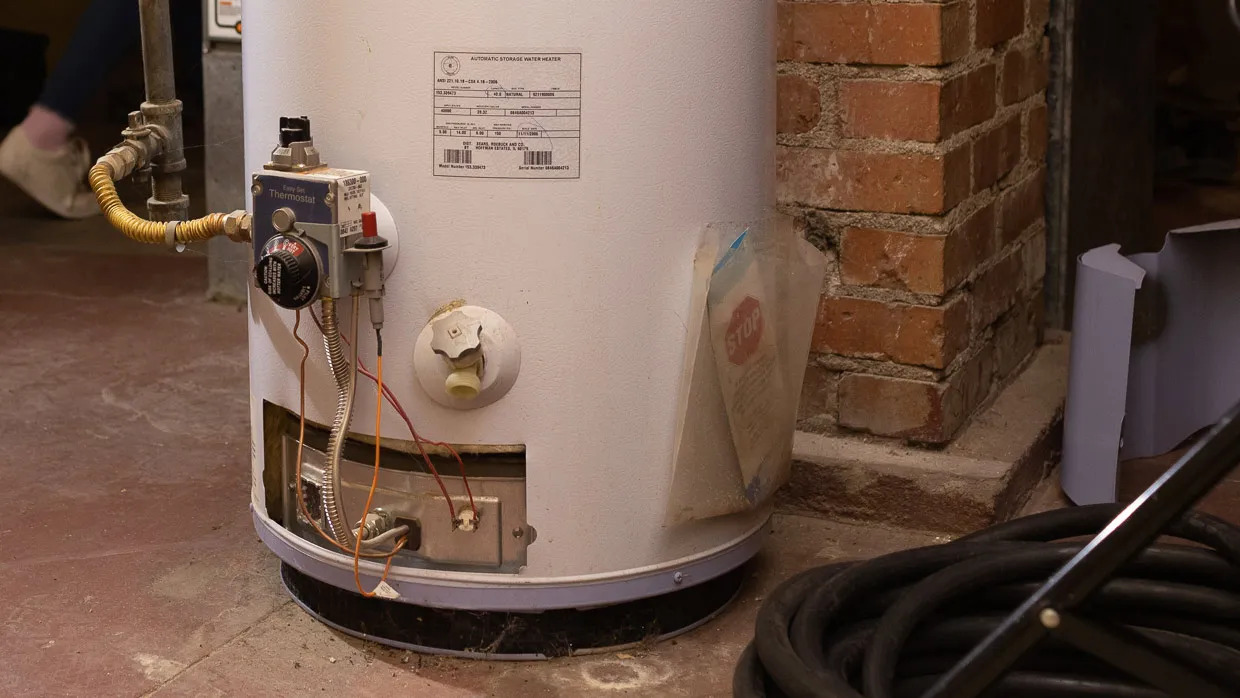

0 thoughts on “How To Turn Off Hot Water Heater”